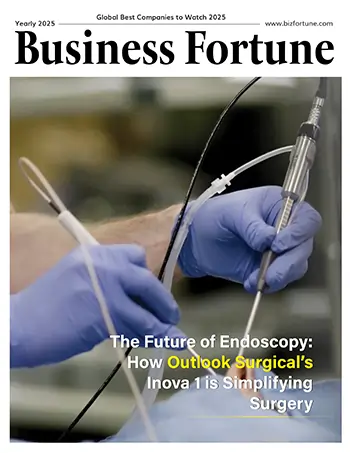Home Industry Food and Beverages Tiny Plastics, Big Problem: Na...
Tiny Plastics, Big Problem: Nanoplastics in Food May Damage Liver and Alter Metabolism
Food and Beverages

Business Fortune
02 June, 2025
Health concerns are raised by a new study that shows ingesting nanoplastics, such as those found in food packaging, may harm the liver and alter glucose metabolism.
According to the recent study on animal research, microscopic plastic particles in food and drink may change glucose metabolism and damage organs, including the liver. The results highlight the need for more study and raise concerns about possible health dangers to individuals.
Microparticles (less than 5 mm) and nanoparticles (less than 100 nm) are created when plastic decomposes and can make their way into the food chain and wind up in seafood and other foods that humans consume. According to studies, a person may consume between 40,000 and 50,000 microplastic particles annually through food and drink; some believe that exposure might reach 10 million particles annually.
With the rising worry about exposure to micro- and nanoplastics, Amy Parkhurst, a doctoral candidate in the lab of Fawaz George Haj, Ph.D., at the University of California, Davis, stated that they intended to assess the health effects of this exposure. Their finding that oral intake of polystyrene nanoplastics causes liver damage and glucose intolerance supports and expands on prior findings about the impacts of nanoplastics in animal models.
The researchers in the present study focused on oral exposure to imitate food and drink nanoparticles. Male 12-week-old mice were fed a regular rodent meal along with an oral dosage of polystyrene nanoparticles every day. One popular material that is frequently used in food packaging and goods is polystyrene.
A daily dose of 60 mg of nanoparticles per kilogram of body weight was selected by the researchers based on human exposure levels and previous mouse studies that demonstrated health effects at comparable doses.


































.webp)